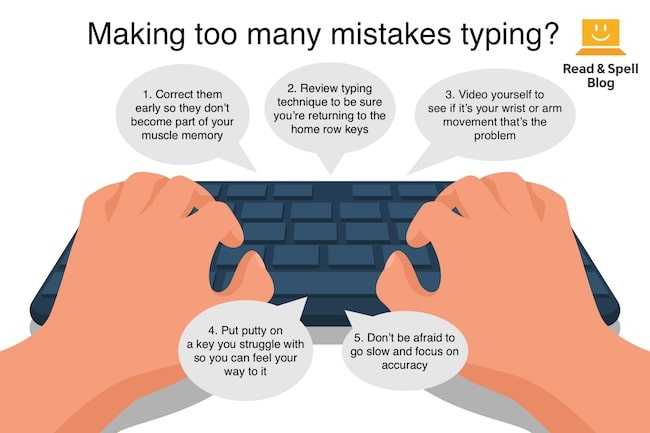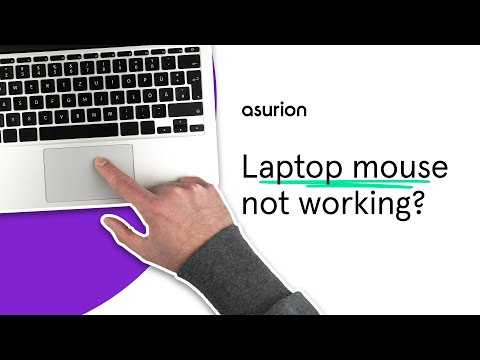To effectively use typing games to build muscle memory, dedicate regular practice sessions focusing on speed and accuracy, and gradually increase the difficulty level to reinforce learned patterns. These games turn practicing into a fun challenge, helping your fingers glide effortlessly over the keys without conscious thought. With consistent effort, your muscle memory will improve, making typing faster and more precise over time.
Typing games are a fantastic way to transform practice into an engaging activity that boosts your muscle memory. They combine entertainment and skill-building, encouraging you to type more efficiently by repeatedly practicing the same finger movements in a playful environment. By incorporating these games into your daily routine, your fingers will learn the optimal routes to press keys without you consciously thinking about each movement, ultimately making your typing both faster and more accurate.
How to Use Typing Games to Build Muscle Memory
Understanding Muscle Memory in Typing
Muscle memory is the ability of your fingers to type without consciously thinking about each key. When you practice typing regularly through games, your brain and fingers work together to memorize the positions of keys. This process makes typing faster and more accurate over time. Think of it as similar to how you learn to ride a bike or play an instrument—repetition helps solidify the movements.
The Role of Repetition in Developing Muscle Memory
Repetition is key to building muscle memory, especially in typing. Typing games encourage frequent practice in a fun way, pushing you to hit the same keys repeatedly. Each successful keystroke strengthens neural connections, making your fingers more automatic in their movements. Regular play helps you develop a consistent rhythm, which is essential when aiming for faster typing speeds.
Choosing the Right Typing Games for Effective Practice
Not all typing games are equally effective in building muscle memory. Select games that focus on accuracy before speed to establish a strong foundation. Look for games that:
- Offer structured lessons with progressive difficulty
- Provide immediate feedback on mistakes
- Encourage consistent daily practice
Popular options include TypeRacer, Nitro Type, and TypingClub, each with features designed to enhance learning.
Structuring Practice Sessions for Better Results
Divide your practice into focused sessions rather than long, unfocused play. For example, spend 10 to 15 minutes daily concentrating on specific exercises. Use warm-up exercises to prepare your fingers and then progress to more challenging levels. This approach ensures steady progress without overwhelming your hands or mind.
Incorporating Varied Drills
To keep your practice engaging and comprehensive, include different types of drills:
- Speed drills to increase words per minute
- Accuracy exercises to reduce errors
- Practice with complex sentences or paragraphs
- Matching games that focus on key placement
Mixing these drills helps develop both speed and precision while maintaining your interest.
Tracking Your Progress
Monitoring your improvement is crucial. Many typing games display stats such as words per minute, accuracy percentage, and error count. Keep a record of these metrics weekly to identify patterns and set realistic goals. Celebrating small milestones can motivate you to continue practicing consistently.
Using Proper Typing Technique During Games
Correct finger placement and posture are vital even when playing games. Keep your fingers on the “home row” keys and use all fingers to reach other keys. Sitting upright and keeping wrists relaxed prevents fatigue and injury. Adopting good habits during gameplay builds muscle memory faster and more safely.
Applying Cognitive Strategies to Enhance Muscle Memory
Visualization and mental practice can boost your muscle memory development. Before starting a game, visualize your fingers moving smoothly across the keys. Focus on the placement and movement instead of just speed. This mental exercise reinforces neural pathways and improves overall performance.
Integrating Typing Games with Other Learning Methods
Combine gaming with traditional typing lessons, tutorials, or typing tests for a well-rounded approach. Use printable charts to memorize key positions or practice with real-world documents. Combining methods ensures that muscle memory develops quickly and effectively across different contexts.
Maintaining Motivation and Consistency
Set achievable goals such as daily practice times or improving accuracy by a certain percentage. Use rewards or challenges within games to stay motivated. Consistency is more important than intensity; regular, focused practice leads to steady muscle memory development.
Adapting Your Practice as You Improve
As your skills grow, increase the difficulty level of your games to challenge your muscle memory further. Switch between different games and exercises to prevent stagnation and keep your practice sessions fresh. This variation helps you adapt to different typing styles and scenarios.
Additional Tips for Accelerating Muscle Memory Development
- Maintain proper hand positioning at all times
- Take regular breaks to prevent fatigue
- Ensure your workspace is ergonomic to avoid strain
- Remain patient; muscle memory takes time to develop fully
Consistent, mindful practice combined with proper technique leads to noticeable improvement over time.
Understanding the Science Behind Typing and Muscle Memory
Research shows that repetitive physical and mental activity creates strong neural pathways. When you repeatedly type the same keys, your brain optimizes the process, making it automatic. The more you practice, the more ingrained these pathways become, leading to faster, more accurate typing without conscious effort.
Using Feedback to Fine-Tune Your Skills
Effective typing games provide instant feedback on errors, allowing you to correct and learn from mistakes. Pay attention to common errors and focus on those during practice. Over time, reducing errors becomes easier as muscle memory takes hold, making your typing more precise.
The Importance of Patience and Consistent Practice
Building muscle memory is a gradual process that requires dedication. Even if progress seems slow initially, regular practice solidifies your skills. Stick with your routine, adjust as needed, and celebrate small improvements along the way.
Summary of Key Strategies for Using Typing Games to Build Muscle Memory
- Practice daily in short, focused sessions
- Prioritize accuracy before speed
- Choose engaging, level-based games
- Track your progress and set goals
- Maintain proper hand posture and ergonomics
- Combine gaming with other learning methods
- Challenge yourself with varied drills and increasing difficulty
- Use mental visualization techniques
By consistently following these strategies, you develop not only muscle memory but also confidence in your typing skills. Over time, your fingers will instinctively land on the right keys, making typing faster and more enjoyable. Remember to keep practice fun and focused, and your muscle memory will strengthen naturally.
How To Type Faster (Tips for every stage 0 – 50 – 100 – 150 WPM)
Frequently Asked Questions
What strategies can I implement to ensure consistent practice with typing games?
Set a regular schedule for playing typing games, such as dedicating 15-20 minutes daily. Track your progress over time to stay motivated and identify areas needing improvement. Focus on maintaining proper finger placement and avoiding rushing, which helps reinforce correct muscle movements during each session.
How can I adjust the difficulty of typing games to better build muscle memory?
Start with games that match your current skill level and gradually increase the challenge by selecting faster-paced or more complex exercises. Many typing programs allow you to customize settings, enabling you to focus on specific keys or patterns, which helps reinforce muscle memory through repeated practice at appropriate difficulty levels.
What role does repetition play in developing muscle memory through typing games?
Repetition reinforces neural pathways associated with specific finger movements, making typing more automatic over time. Consistently practicing the same exercises helps your fingers remember key positions without conscious effort, strengthening muscle memory and improving overall speed and accuracy.
How can I avoid developing bad habits while practicing with typing games?
Pay close attention to your posture, hand positioning, and typing technique during practice sessions. Use ergonomic setups and follow correct fingering guides. If you notice yourself deviating from proper form, pause and correct your posture to prevent ingraining improper habits that could hinder progress.
What types of exercises within typing games are most effective for muscle memory development?
Focus on exercises that emphasize repetition of common words and key combinations, especially those involving frequent or tricky keystrokes. Drills that target specific finger movements or patterns help solidify muscle memory by encouraging consistent, precise responses from your fingers during gameplay.
Final Thoughts
Using typing games to build muscle memory effectively improves your speed and accuracy. Consistent practice with these games reinforces key finger movements and patterns. Focus on challenging yourself without sacrificing precision for faster results. Over time, your muscle memory strengthens, making typing more natural and effortless. Incorporate a variety of games to keep practice engaging and target different skills. Remember, regular, focused practice is essential for making meaningful progress in your typing skills.
I’m passionate about hardware, especially laptops, monitors, and home office gear. I share reviews and practical advice to help readers choose the right devices and get the best performance.






